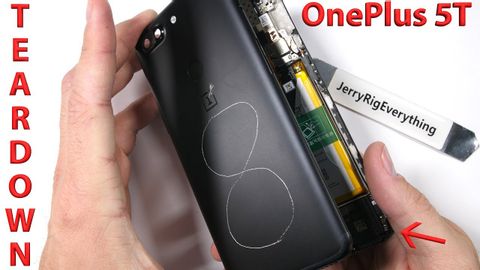
Subtitles & vocabulary
OnePlus 5T Teardown! - Hidden water resistance?
00
林宜悉 posted on 2020/03/06Save
Video vocabulary
pressure
US /ˈprɛʃɚ/
・
UK /'preʃə(r)/
- Noun (Countable/Uncountable)
- Anxiety caused by difficult problems
- Force, weight when pressing against a thing
- Transitive Verb
- To apply force to something
- To persuade or force someone to do something
A2TOEIC
More portrait
US /ˈpɔrtrɪt,-ˌtret,ˈpor-/
・
UK /ˈpɔ:trit/
- Noun
- Picture of a person's head and shoulders
- Detailed representation of someone in film, etc.
- Adjective
- A format in which the height is greater than the width.
- Relating to a photograph, painting, drawing, or engraving of a person.
B1
More leverage
US /ˈlɛvərɪdʒ, ˈlivə-/
・
UK /'li:vərɪdʒ/
- Noun (Countable/Uncountable)
- An advantage which gives you influence or power
- An advantage gained through the use of resources or a strategic position
- Transitive Verb
- To use an advantage which gives you influence
B2TOEIC
More Use Energy
Unlock All Vocabulary
Unlock pronunciation, explanations, and filters
